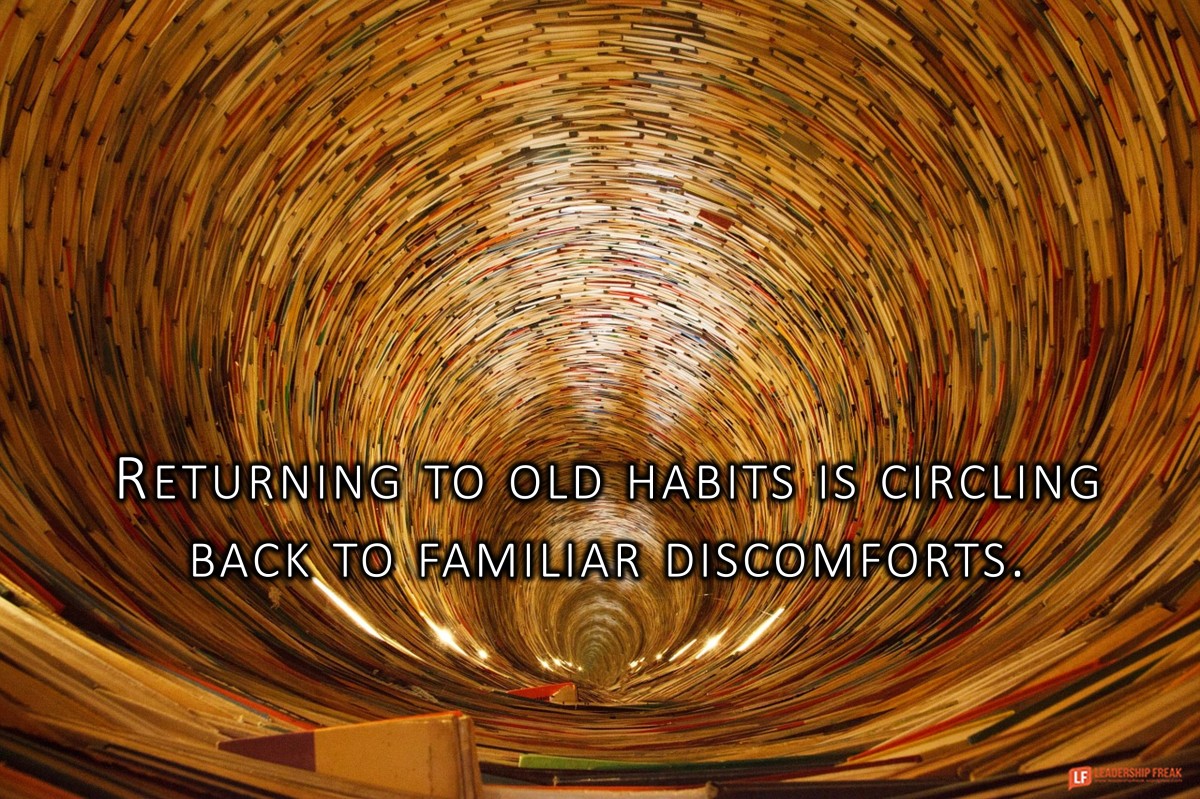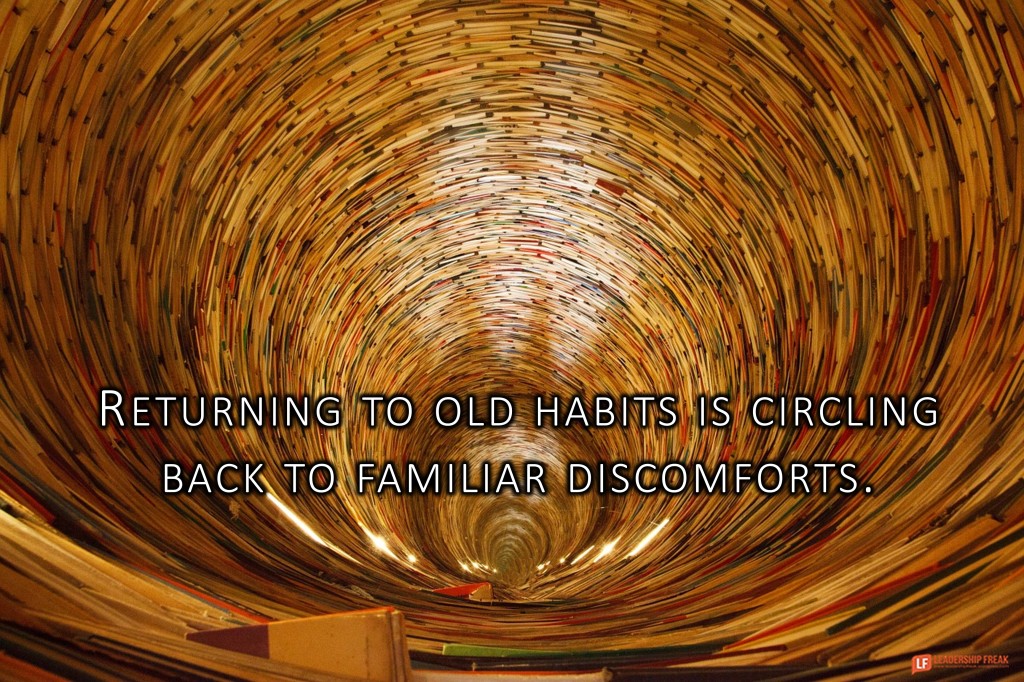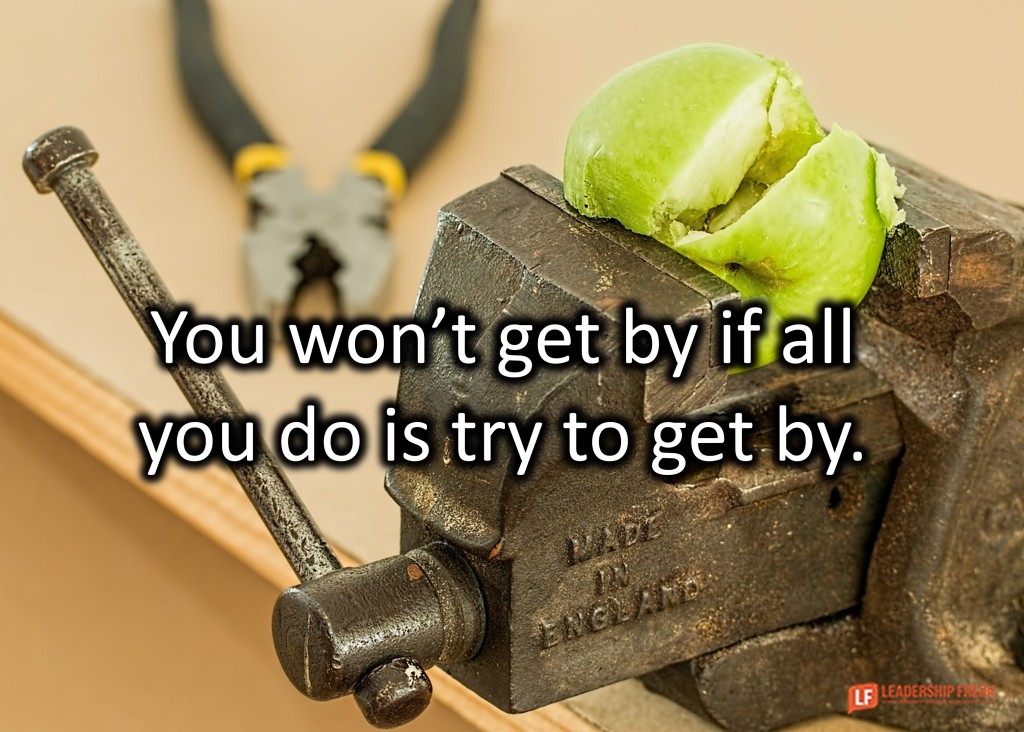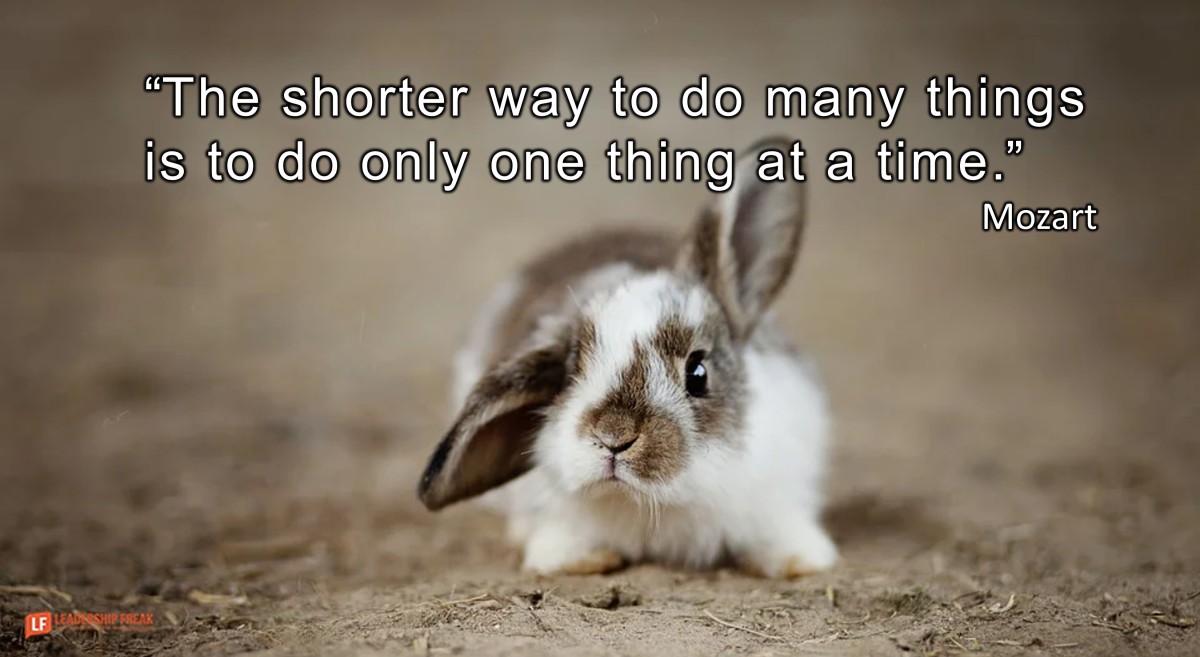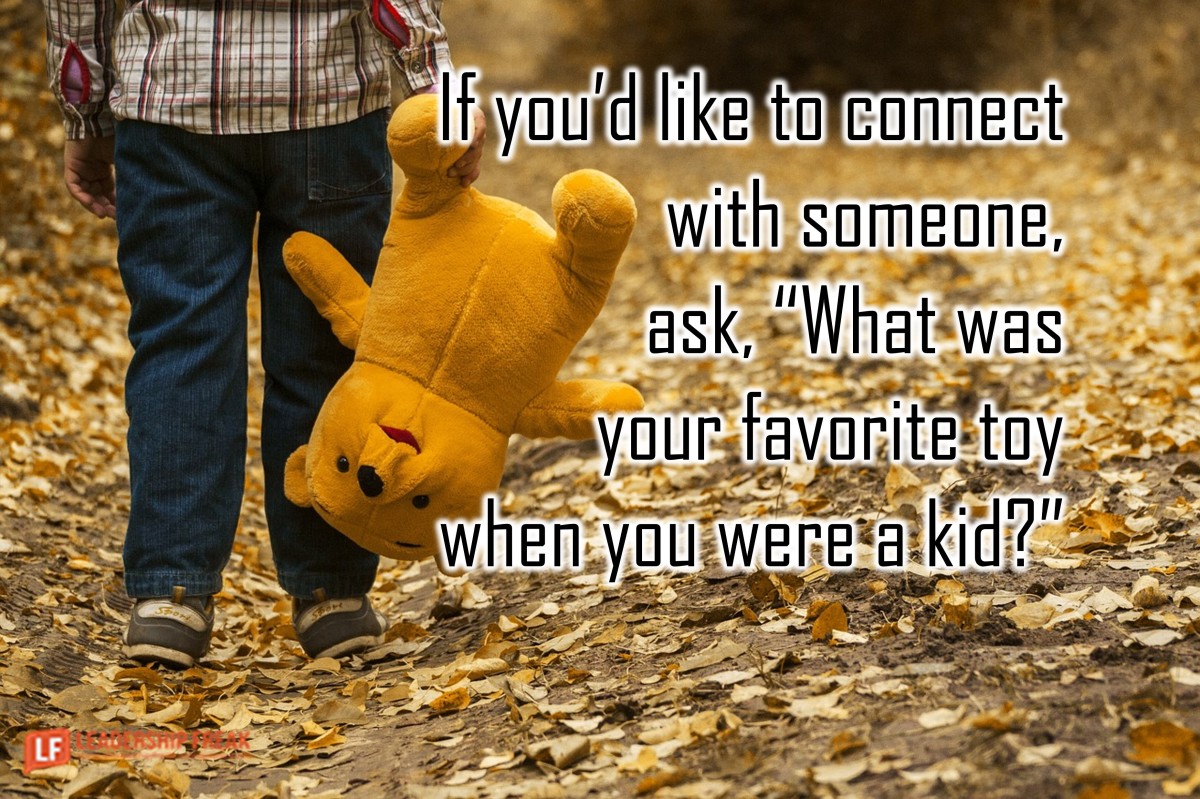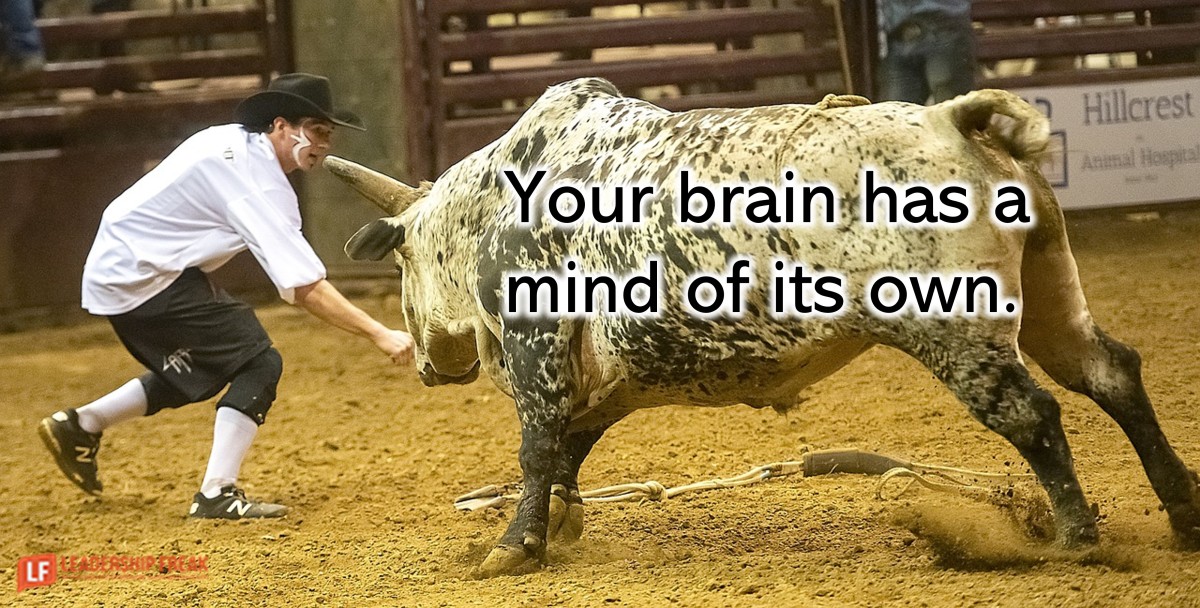15 Questions that Change the Way People Think
Life begins to change when you change the way you think.
- Change the way you think about yourself to extend your potential.
- Change the way you think about others to increase your impact.
- Change the way you think about managing to achieve new results.
- Change the way you think about the future to clarify purpose.
Delayed resistance:
The discomfort of new behaviors drives you to eventually return to familiar habits.
Change feels good – at the beginning – because you haven’t felt the pain of letting go.
It feels good to choose a new direction when you haven’t taken the first step. Eventually, change feels like shoes that don’t fit. Rather than pushing through, we lace up old shoes.
Returning to old habits is circling back to familiar discomforts.
15 Questions that Change the Way People Think
Questions that challenge assumptions change the way people think.
When they say … you ask:
- I’m falling short… What didn’t you do to get here?
- I don’t like them… How might you be like them?
- I can’t… If you could?
- I don’t know… If you did know?
- They screwed up… What if you screwed up?
- They’re wrong… How so?
- I don’t think so… What if you thought so?
- No, you can’t do that… What happens if you say yes?
- I need help… What have you tried?
- It won’t work… What do you want?
- I’m afraid… What’s the bravest thing you can do?
- I’m nervous… If you had confidence, what would you do next?
- There’s too much to do… What are your priorities?
- I plan to do X… How will that help you accomplish your goal?
- Life is out of balance… What does a balanced life look like?
Pushing through is better than retreat, even if it hurts.
What helps people change the way they think?
What’s your favorite question in the above list?
